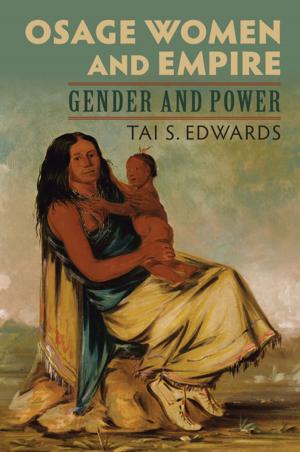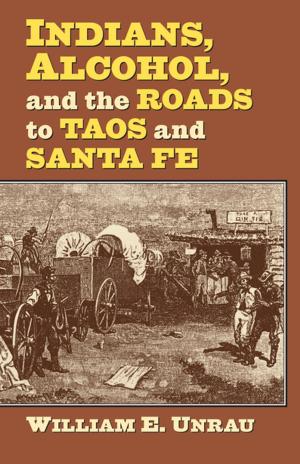Corinth 1862
Siege, Battle, Occupation
Nonfiction, History, Americas, United States, Civil War Period (1850-1877)| Author: | Timothy B. Smith | ISBN: | 9780700623464 |
| Publisher: | University Press of Kansas | Publication: | October 7, 2016 |
| Imprint: | University Press of Kansas | Language: | English |
| Author: | Timothy B. Smith |
| ISBN: | 9780700623464 |
| Publisher: | University Press of Kansas |
| Publication: | October 7, 2016 |
| Imprint: | University Press of Kansas |
| Language: | English |
**Fletcher Pratt Award
McLemore Prize**
In the spring of 1862, there was no more important place in the western Confederacy—perhaps in all the South—than the tiny town of Corinth, Mississippi.
Major General Henry W. Halleck, commander of Union forces in the Western Theater, reported to Washington that "Richmond and Corinth are now the great strategical points of war, and our success at these points should be insured at all hazards." In the same vein, Confederate General P. G. T. Beauregard declared to Richmond that "If defeated at Corinth, we lose the Mississippi Valley and probably our cause." Those were odd sentiments concerning a town scarcely a decade old. By this time, however, it sat at the junction of the South's two most important rail lines and had become a major strategic locale.
Despite its significance, Corinth has received comparatively little attention from Civil War historians and has been largely overshadowed by events at Shiloh, Antietam, and Perryville. Timothy Smith's panoramic and vividly detailed new look at Corinth corrects that neglect, focusing on the nearly year-long campaign that opened the way to Vicksburg and presaged the Confederacy's defeat in the West.
Combining big-picture strategic and operational analysis with ground-level views, Smith covers the spring siege, the vicious attacks and counterattacks of the October battle, and the subsequent occupation. He has drawn extensively on hundreds of eyewitness accounts to capture the sights, sounds, and smells of battle and highlight the command decisions of Halleck, Beauregard, Ulysses S. Grant, Sterling Price, William S. Rosecrans, and Earl Van Dorn.
This is also the first in-depth examination of Corinth following the creation of a new National Park Service center located at the site. Weaving together an immensely compelling tale that places the reader in the midst of war's maelstrom, it substantially revises and enlarges our understanding of Corinth and its crucial importance in the Civil War.
**Fletcher Pratt Award
McLemore Prize**
In the spring of 1862, there was no more important place in the western Confederacy—perhaps in all the South—than the tiny town of Corinth, Mississippi.
Major General Henry W. Halleck, commander of Union forces in the Western Theater, reported to Washington that "Richmond and Corinth are now the great strategical points of war, and our success at these points should be insured at all hazards." In the same vein, Confederate General P. G. T. Beauregard declared to Richmond that "If defeated at Corinth, we lose the Mississippi Valley and probably our cause." Those were odd sentiments concerning a town scarcely a decade old. By this time, however, it sat at the junction of the South's two most important rail lines and had become a major strategic locale.
Despite its significance, Corinth has received comparatively little attention from Civil War historians and has been largely overshadowed by events at Shiloh, Antietam, and Perryville. Timothy Smith's panoramic and vividly detailed new look at Corinth corrects that neglect, focusing on the nearly year-long campaign that opened the way to Vicksburg and presaged the Confederacy's defeat in the West.
Combining big-picture strategic and operational analysis with ground-level views, Smith covers the spring siege, the vicious attacks and counterattacks of the October battle, and the subsequent occupation. He has drawn extensively on hundreds of eyewitness accounts to capture the sights, sounds, and smells of battle and highlight the command decisions of Halleck, Beauregard, Ulysses S. Grant, Sterling Price, William S. Rosecrans, and Earl Van Dorn.
This is also the first in-depth examination of Corinth following the creation of a new National Park Service center located at the site. Weaving together an immensely compelling tale that places the reader in the midst of war's maelstrom, it substantially revises and enlarges our understanding of Corinth and its crucial importance in the Civil War.















